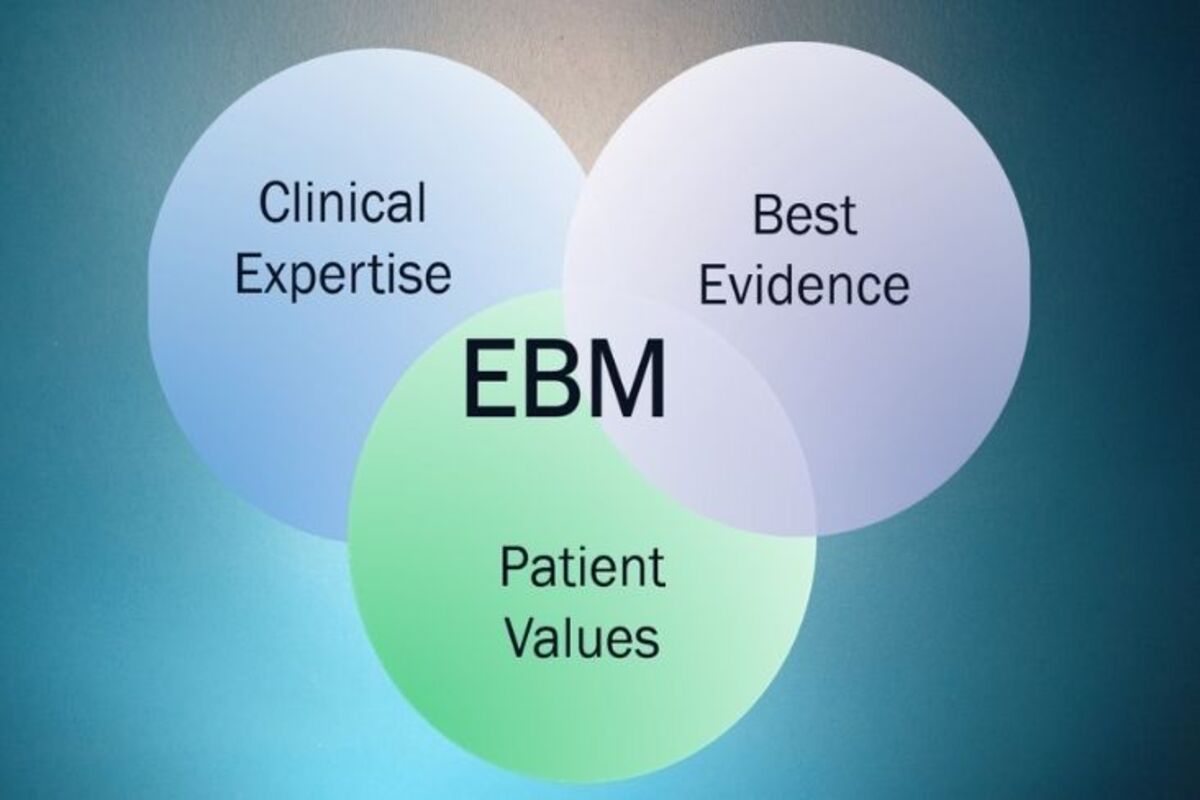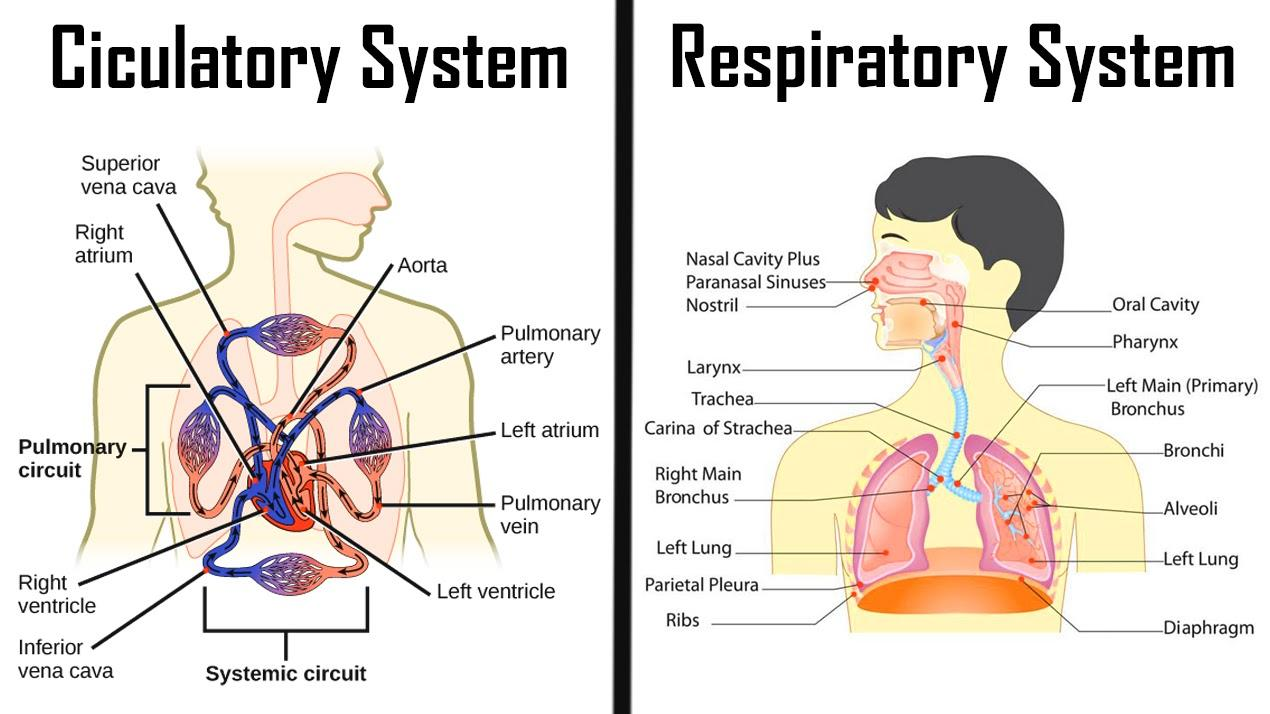Future of Work Paper
Future of Work Paper

Future of Work Paper
The social, technological, and ethical issues that will shape the future of the U.S. workplace
The world is technology-driven, where people, especially businesses and organizations, adopt technology to improve productivity, effectiveness, efficiency, and the general quality of life. Automation, in particular, is one for the future and part of the new workplace. Automation will impact the jobs lost and gained, workforce transition, and the type of jobs created to adapt to the changes (Wang & Siau, 2019). Moreover, automation will potentially impact workforce skills and wages. The transition can be challenging because of the potential occupational shifts and job loss due to displacement by automation adoption, although there might be enough jobs to ensure full employment. The current scenario has few fully automated jobs, but most of these jobs could be automated, which means changes and a significant transformation for all workers (Wang & Siau, 2019). It is not necessarily that the adoption of automation will cause employment decline because automation will also mean the creation of new roles and responsibilities. However, technology feasibility beyond human labor substitution will impact the speed of automation.
(Future of Work Paper)
Society is also changing significantly, profoundly impacting the working world, including the nature of work, the people needed to do the work, and work expectations, standards, and regulations. Society is transitioning to a knowledge economy where knowledge and information are perceived as the most valuable resource (Wang & Siau, 2019). Employees are more responsible for updating themselves based on the new knowledge. This trend will continue, affecting employees’ roles and responsibilities and the scope of work. The US is also experiencing increased diversity, a trend that will continue to grow into the future. For instance, women are a growing part of the workplace, and it is predicted that women will be the majority of the workforce in the future (Köllen, 2021). Also, the US is generally highly ethnically diverse, meaning that the workforce is becoming more ethnically diverse. Sexual orientation, especially the recognition of queer people in the workplace, is also a growing trend, significantly impacting workforce composition, ethical standards, and workplace rules and regulations. Increased diversity is positive in the workplace as it is associated with increased productivity, creativity, and job satisfaction.
The rise in automation, societal changes like increased diversity, remote working, and the use of online platforms to engage employees and customers raise ethical issues that can potentially impact the future of work. There is a change in the perception of work due these trends, but there are also ethical concerns like data privacy and confidentiality, justice and fairness, transparency, and bias that should be addressed (Bourhis et al., 2019). The government and businesses have to develop new measures to regulate these growing trends, including working-from-home policies, justifiable standards of using online platforms and automated tools for workplace engagement and business transactions, and justice and fairness associated with increased diversity at the workplace (Schwartz et al., 2020). There would be more privacy and access controls, accountability, fairness, and transparency rules to address ethical issues in the future.
(Future of Work Paper)
The impact of the COVID-19 pandemic on remote work, the use of artificial intelligence, and other workplace trends
Covid-19 disrupted society and accelerated some trends like remote work and artificial intelligence. The long-term influence of the pandemic on labor demands, workforce skills, and labor occupations is immense, especially with the growing trend of remote work. Remote work is the most apparent impact of the pandemic on labor, with a considerable increase in employees working from home (McKinsey & Company, 2021). Most companies realized and are realizing that about 20 to 25 percent of the workforce could work from home for most of the work days without a loss in productivity (McKinsey & Company, 2021). Many organizations consider creating flexible workspaces after positive experiences with remote work, especially a reduction in office costs, travel costs, and overall office space.
Also, Covid-19 accelerated the adoption of artificial intelligence. Covid-19 accelerated digital transformation, offering business leaders vital lessons and insights, especially what AI and data analytics can bring to the business. Examples of AI and data analytic tools adopted during and after the pandemic include direct-to-customer business. More companies accelerated their AI and analytics adoption, and there is a promising trend that AI will become mainstream technology (McKinsey & Company, 2021). Businesses are optimistic about AI’s role in the future in increasing the efficiency of business processes, the development of new business models, and the creation of new products and services.
The argument for increasing the use of robots and artificial intelligence (AI) in the workplace
Adopting robotics and artificial intelligence in the workplace is inevitable, and individuals should brace themselves for a future full of robots and AI technologies and tools working alongside them. Robotics and AI applications are growing, creating new opportunities and challenges for businesses and significant workplace changes (Howard, 2019). A combination of robotics and AI has already revolutionized everyday life. It is necessary to find a way to co-exist and adapt them to make life easier for everyone. Robotics have increased accuracy and efficiency in surgical processes, reduced the cost of production, and reduced human involvement in risky jobs like machine operations, industry-complex roles, dealing with hazardous materials, and disaster response (Madakam et al., 2019). Robots complement human skills and should not be viewed as threats but as solutions to critical human problems, especially with an aging workforce and declining expertise in fields like engineering and medicine.
(Future of Work Paper)
Pros and cons of a universal basic income, a guaranteed federal job, and a reduced workweek
The world is working towards more equality by addressing poverty and unemployment. The creation of the universal basic income (UBI) would help reduce poverty rates and income inequality, enhances physical and mental health, increases higher education accessibility, can potentially improve wages, eliminates the need for government programs, fosters entrepreneurship, and protects individuals from economic shocks (Estlund, 2019). However, UBI is costly, reduces work incentives, encourages laziness, gives additional income to individuals who do not need it, conflicts with self-worth by reducing a job to only a source of income, and does not address the underlying cause of poverty like poor health and lack of educational skills. Creating a guaranteed federal job is a move to make society more equitable, sustainable, and prosperous (Estlund, 2019). It is a form of remaking the economic order by making having a job a fundamental right (Estlund, 2019). Positives include increasing state and local tax revenues, enhancing the bargaining power of labor, and addressing society’s most critical needs like eldercare and nursing shortages. However, categorizing a job as a fundamental right would be burdensome to the government and potentially make people entitled because they understand the government is their last resort.
The reduced work week has long been considered an approach to address employees’ health and well-being. Working for fewer days has been associated with a reduced risk of burnout and improved productivity (Estlund, 2019). It would help achieve a better work-life balance, increase focus and productivity, and reduce travel costs. However, understaffing makes its adoption challenging, it might be incompatible with some people, and it may force people to forego after-work activities because they work more hours during the working days. Nonetheless, I would recommend reducing the work week because it looks beyond income and pay and seeks to address employees” health and well-being.
(Future of Work Paper)
Another change in the future workplace that could significantly benefit humankind
I recommend a shift in the physical space and remodeling it as companies shift to a flexible workforce, where some employees work remotely for most of the work days. In the future, companies should seek to alter their footprint and layout because the in-person work will substantially transform, and the workspace should be in tune with the people’s objective. For instance, eliminating pre-pandemic cubicles would create a more collaborative, community-focused, and innovative workspace that allows continuous engagement between in-person employees and remote workers (Ayoko & Ashkanasy, 2020). Also, creating video-conference rooms and online workspaces would twin into remote work and more flexible workspaces, allowing companies to tap talents around the country without the need to report physically.
References
Ayoko, O. B., & Ashkanasy, N. M. (2020). The physical environment of office work: Future open plan offices. Australian Journal of Management, 45(3), 488-506.
Bourhis, P., Demartini, G., Elbassuoni, S., Hoareau, E., & Rao, H. R. (2019). Ethical challenges in the future of work. Bulletin of the Technical Committee on Data Engineering.
Estlund, C. (2019). Three big ideas for future of less work and three-dimensional alternative. Law and Contemporary Problems, 82(3), 1–44.
Howard, J. (2019). Artificial intelligence: Implications for the future of work. American journal of industrial medicine, 62(11), 917-926.
Köllen, T. (2021). Diversity management: A critical review and agenda for the future. Journal of Management Inquiry, 30(3), 259-272.
Madakam, S., Holmukhe, R. M., & Jaiswal, D. K. (2019). The future digital work force: robotic process automation (RPA). JISTEM-Journal of Information Systems and Technology Management, 16.
McKinsey & Company. (2021). The future of work after COVID-19. https://www.mckinsey.com/featured-insights/future-of-work/the-future-of-work-after-covid-19
Schwartz, J., Denny, B., Mallo, D. (2020). Ethics and the future of work: From “could we” to “how should we.”
Wang, W., & Siau, K. (2019). Artificial intelligence, machine learning, automation, robotics, future of work and future of humanity: A review and research agenda. Journal of Database Management (JDM), 30(1), 61-79.










